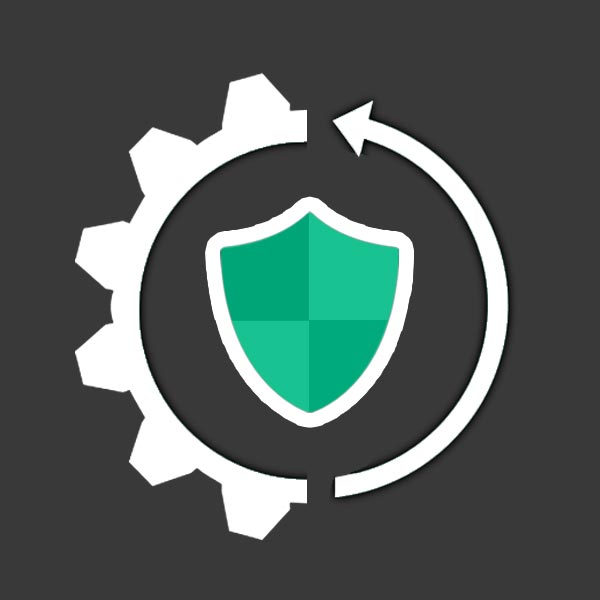Last updated at Wed, 12 Feb 2025 18:27:42 GMT
What's the difference between security orchestration and security automation? While you probably understand that they are different, you may not know exactly where the line is drawn between them or how they fit together. In this post, we'll explain what each one means and how security orchestration and automation can be used together to move security operations forward.
What is Security Orchestration? The Bridge Between Tools and Processes
As we explained in a previous post, security orchestration is a method of connecting and integrating different security systems and processes together. Orchestration serves as the connecting layer for your security operations. This saves time otherwise spent jumping from tool to tool in an effort to piece together information, enabling faster, more efficient, and accurate response.

Figure 1. Security orchestration
Let’s use ChatOps orchestration as an example here. Tying together your ChatOps and security tools provides a tight connection between the alerts you receive and the data that is collected across your systems. With your security tools set up to deliver alerts and other data into your chat app, security operations become more streamlined, collaborative, and efficient. This helps teams communicate and collaborate better on security issues and tasks.
When all your tools are hooked into one orchestration platform, you benefit from a centralized location into all your security “hubs,” saving your team measurable time and hassle. This frees up time for your team to focus on more strategic work, such as conducting deeper investigations and responding to threats faster.
Even better, security orchestration helps maximize the value you get out of every tool you use. It doesn’t require you to throw out your old tools or buy new ones. Instead, by hooking them all into one place, each tool is used to its maximum potential, connecting the dots between them to better inform your security team during an incident.
With all your tools humming along together as one, processes and workflows can be automated between them. As such, security orchestration powers security automation.
What is Security Automation? An Extension of Security Orchestration That Enables Seamless Workflows
Security automation is the automatic handling of a task in an information or cyber security system.

Figure 2. Security automation
You can automate multiple tasks within a single product or system, but security orchestration is required in order to automate many tasks or security processes between other products, tools, or systems.

Figure 3. Security orchestration and automation, together
Think about how many manual, security-related tasks you or your team performs on a daily basis. Depending on your organization, this could include:
- Querying logs
- Provisioning and deprovisioning users
- Malware and phishing investigations
- Vulnerability assessments
- IP scoring
- ...and many more!
Security automation automatically handles the most tedious, and time-intensive tasks so that once you orchestrate your tools together, you can leverage streamlined playbooks or workflows to automate entire processes for you. This means the moment a security issue arises, your workflows immediately kick into action, correlating data between tools, conducting deeper investigations, escalating alerts, and aiding in the response.
Using a platform like Komand, leveraging these workflows is even easier, because absolutely no code is required to build the orchestration and automation between your tools, tasks, and processes.
With automation, many of the low-value tasks you spend your time on can be handled without human intervention, allowing you to play a more strategic and proactive role in protecting your company from the threats that matter most.
Security Orchestration and Security Automation: Better Together
Security orchestration and security automation offer benefits on their own, but you can augment these benefits beyond comparison by utilizing both concepts together. The combined value includes (but isn’t limited to):
- Minimized alert fatigue
- Lightning-fast incident response times
- Sharpened investigation accuracy
- Significant time and cost savings (at least 83%!)
- Reduced risk to the business
Combining your tools and processes in a streamlined manner frees up time for you and your team to shift focus to more valuable and strategic work. With orchestration and automation applied to security operations, teams can truly get ahead by responding to threats faster and more accurately, while also saving time and money along the way.
Ready to see all the benefits and more from security orchestration and automation? Learn more about our SOAR solution.

